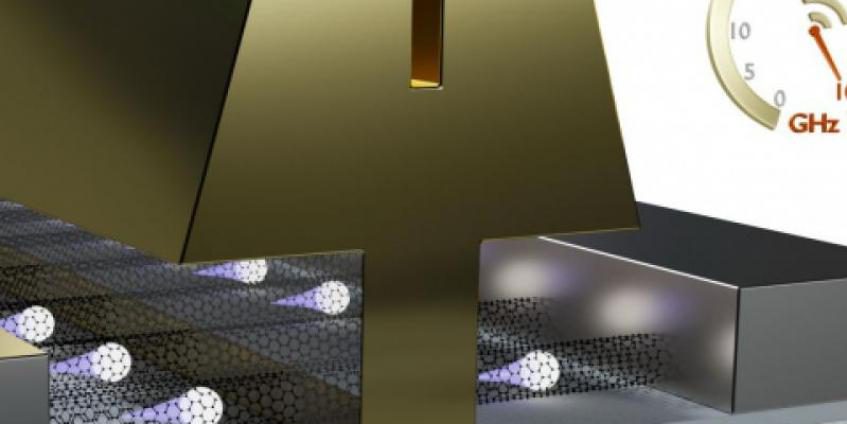The quantum technology may improve everything from 5G to tactical radios.
High-frequency radios may be more resilient, military sensors more sensitive, and 5G communications more versatile because of a technological breakthrough initiated by the U.S. Army Research Laboratory (ARL). Carbon nanotubes, the exotic material that offers a broad scope of promises, can now be fabricated into transistors that would replace those of conventional metal oxide semiconductors used commonly in radio frequency (RF) systems. Ultimately, they would pave the way for less-expensive chips that would eliminate many of the drawbacks that plague RF systems.
The breakthrough was attained through research by Carbonics Inc., in partnership with the University of Southern California, and supported by funding from the U.S. Army Research Office, which is an element of the U.S. Army Combat Capabilities Development Command’s ARL. Scientists developed carbon nanotube technology that can achieve RF speeds in excess of 100 gigahertz (GHz), which would permit better military and commercial communications systems.


